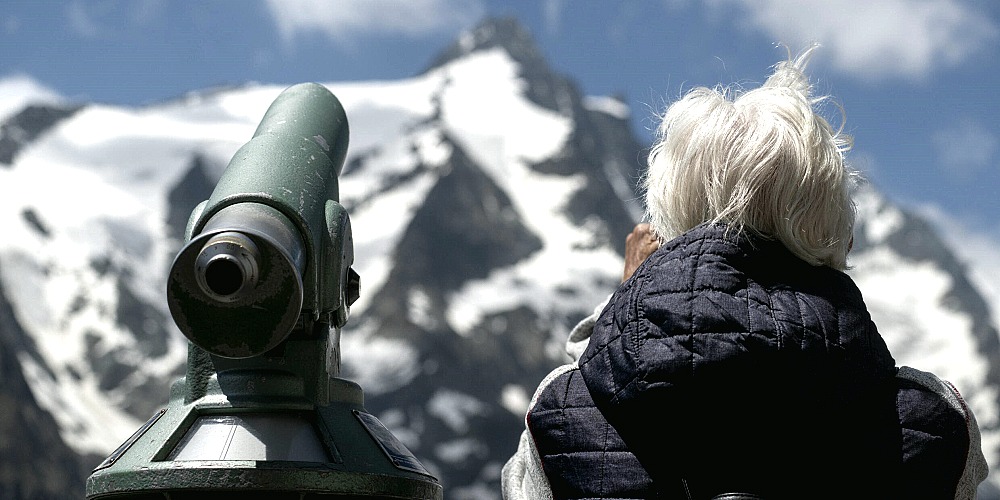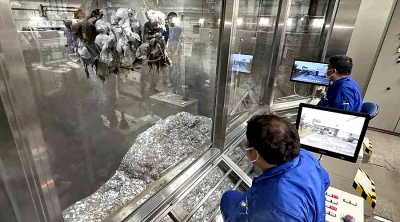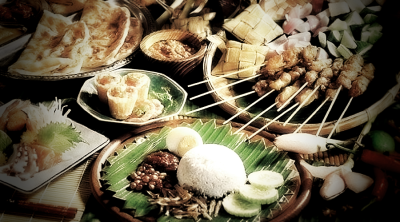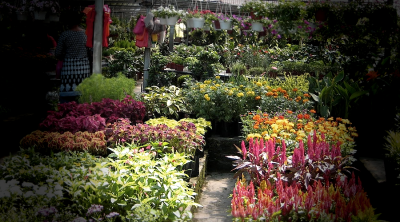HEILIGENBLUT AM GROßGLOCKNER, Austria: Ever since Herbert Hoegl and his wife first drove up the majestic Großglockner High Alpine Road, named after Austria’s highest mountain, the breathtaking vistas that the route offers have been imprinted on their minds.
Now, twenty years later, he and his wife struggle to recognize one of the Alps’ most characteristic landscapes featuring the jagged Pasterze glacier, whose length these days is nearly eight kilometers.
In the early 2000s, the ice field “went all the way up there, so you could take the lift down and walk straight onto the Pasterze,” Hoegl said of the longest glacier in the Eastern Alps.
“Now it’s 100-150 meters further away”, said the 58-year-old IT specialist.
Up to one million people visit the scenic Großglockner road, renowned for its 36 treacherous hairpin bends, from early May until late October each year, traveling by car, motorbike or bicycle.
It is nestled amid the Hohe Tauern national park famous for its hillsides blooming with wildflowers, lush forests, waterfalls and lakes.
Authorities have introduced a speed limit to help protect the unique Alpine landscape, and electric vehicles benefit from a reduced access fee for enjoying the 48-kilometer route, where cyclists in particular are encouraged.

‘Status symbol’
Loosely following the ancient trade route used by the Romans and the Celts, the Großglockner road in its current form was built between 1930 and 1935 in the midst of the Great Depression.
Some 3,000 unemployed men were put to work on the mammoth project, manually carving the road out of the mountain in line with a design conceived by Austrian civil engineer Franz Wallack.
Connecting the town of Bruck near Salzburg to the 3,798-meter Großglockner, the Alpine route became one of the first major modern mountain roads designed for motorized tourism.
To this day, the road serves as a test track for the luxury sports car maker Porsche.
Keen to restore its image after the fall of the Habsburg Empire, the road “was intended as a status symbol for Austria”, explained mountain guide Heike Renger.
During winter months, the route becomes inaccessible due to the snow masses.
In the 1930s, 350 men had to be employed for 70 days to clear away the snow with their shovels — nowadays, snowploughs remove it within two weeks in spring.
“The snow clearing efforts are enormous before the road can reopen (every year),” Bavarian retiree Jürgen Neumann told AFP.

Glacier retreat
Alpine glaciers saw a new record mass loss for a single year in 2022, caused by very low winter levels of snow, a hot summer as well as deposits of wind-blown Saharan dust.
Experts have warned that Austrian glaciers will melt away by 2075 at the latest.
Compared to his last visit, Neumann said it is “unimaginable that the glacier has retreated by such an amount in a short period of ten to fifteen years.”
Over the past few years, Renger has also observed considerable changes she attributes to global warming.
“These days the sun rays are more intense and there is less snow, which explains why the glacier is melting,” Renger said.
Despite the high altitude, temperatures last year surpassed 20 degrees Celsius at day’s end, she added.

ADVERTISEMENT
ADVERTISEMENT








































